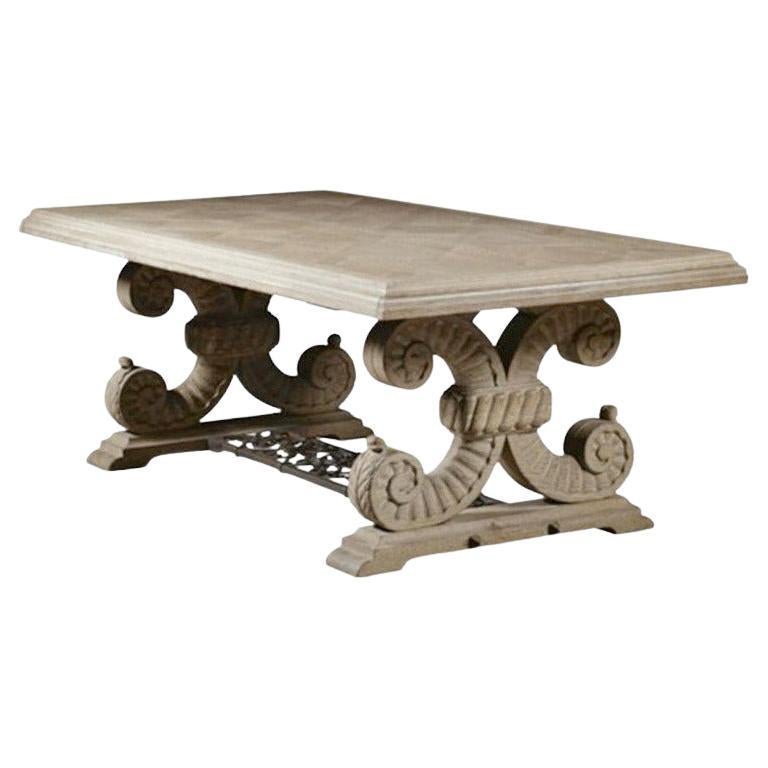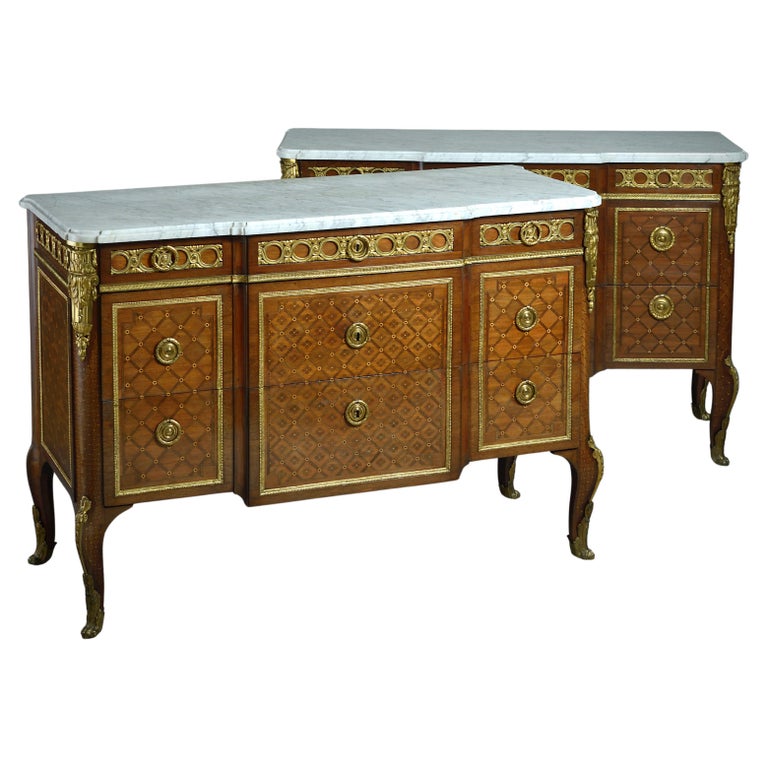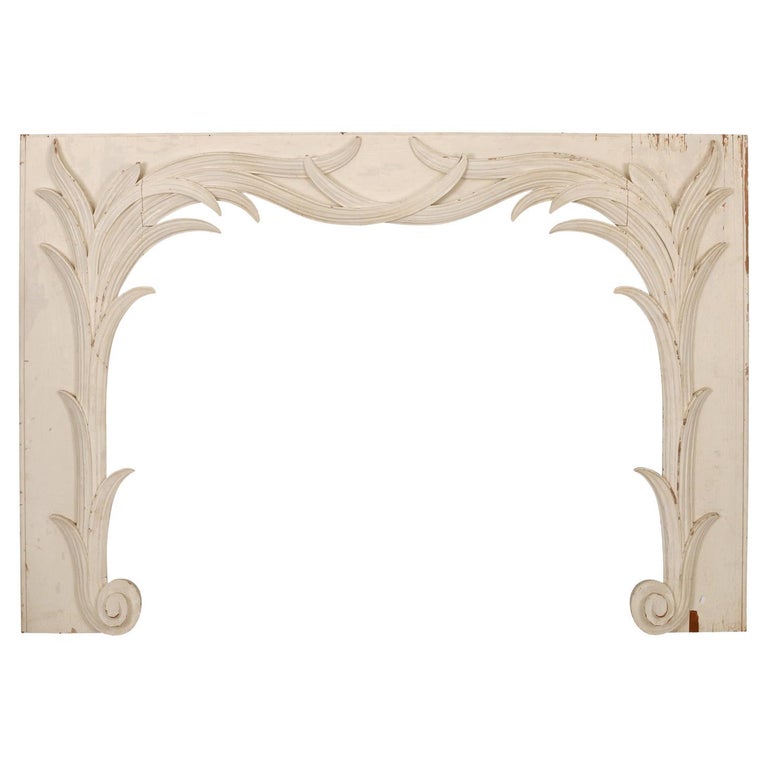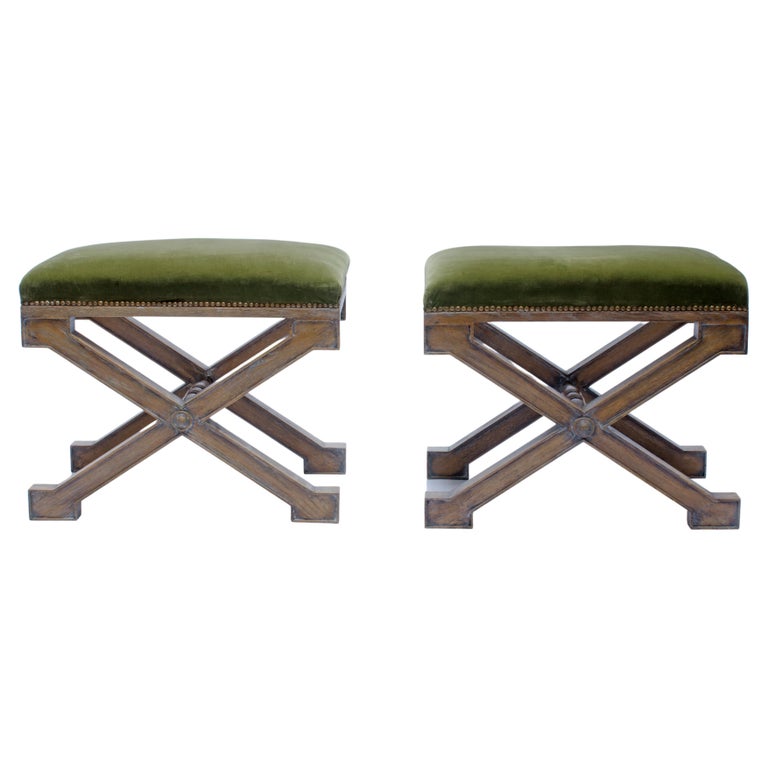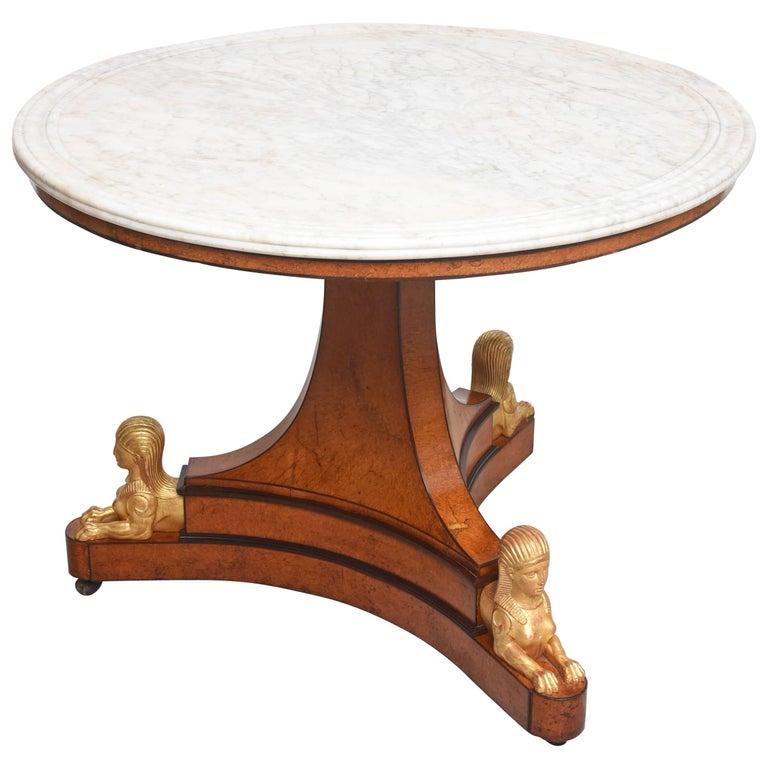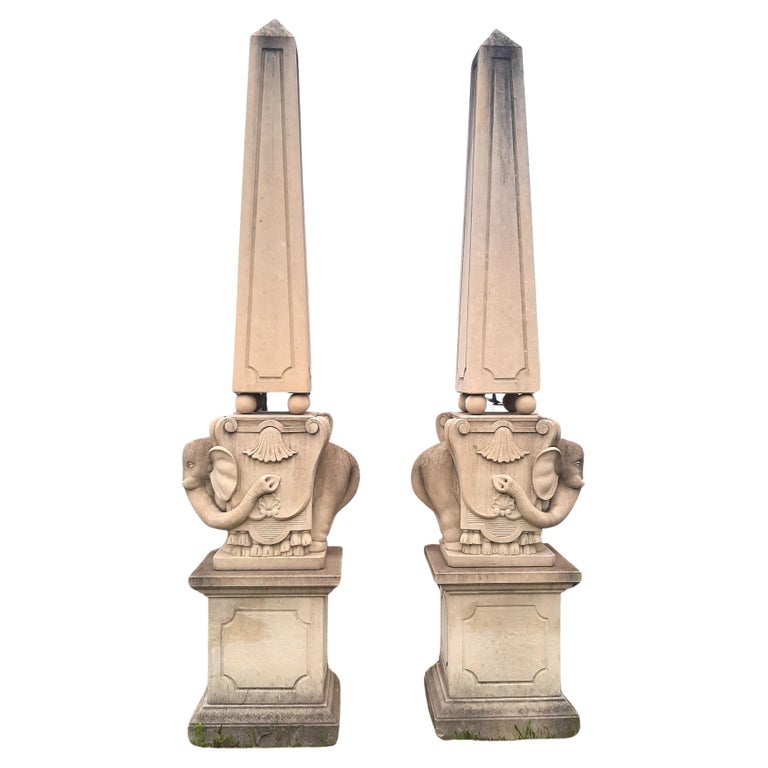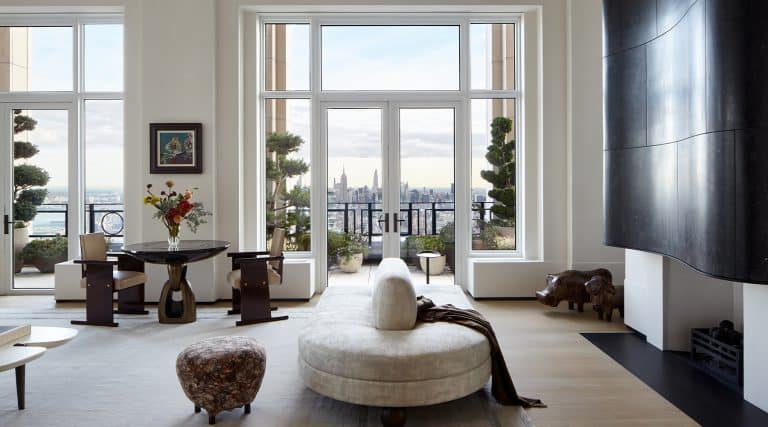September 15, 2024Timothy Corrigan is an unabashed Francophile. “I feel that France is where I belong. There’s something that’s magical about living there,” says the Southern California–based interior designer, whose clients have included Madonna and Middle Eastern royalty.
As a high-school student in Los Angeles, Corrigan and three friends spent two and a half months exploring the country in a used Citroën 2CV they bought upon arrival. “It was four big American guys in one of those little cars,” he tells Introspective. “At the end of the summer, it was so trashed, we literally left it at the airport because it was not going to be worth a penny.”

It was only later, however, during the seven years he spent in Paris in the mid-1980s working for an advertising agency, that he really became enamored with everything Gallic. So enamored, in fact, that he pined desperately for the country when he returned to the U.S.
“I missed the fact that you could walk down the same street for the hundredth time and discover some quirky bit of medieval or Gothic architecture that you had never noticed before,” he recalls in his new book, At Home in France: Inspiration and Style in Town and Country, published by Rizzoli and written with former Elle Decor editor in chief Michael Boodro. “I missed the small stores, where people said bonjour and merci to the shopkeepers when they entered and exited.”


Since then, he has kept a base in France, buying, renovating and decorating a series of Haussmannian apartments on Paris’s Right Bank (he particularly loves the elaborate plasterwork found in them), as well as a succession of châteaus in or close to the Loire Valley, including the majestic 18th-century Château du Grand-Lucé, which has become a hotel since he sold it. Previously, it served as a retreat for the likes of Voltaire, Rousseau and Diderot.
Each residence has provided the perfect canvas for Corrigan’s inimitable, ever-evolving style, which he likes to describe as “European elegance infused with California casual.” This signature look combines the grandeur of traditional interiors with a more relaxed, laid-back feel and an exhilarating dash of daring, all working together to make clients feel comfortably at home.

The new book focuses on the designer’s two current French abodes. The first is set just south of the Norman town of Alençon, where he escapes from the city at a sprawling 17th-century château called La Chevallerie. It is the fourth château Corrigan has owned, and he quips that his friends call him a château-holic. “I even visited a therapist to try to understand my compulsion,” he admits in the book.
The second is a grand 3,400-square-foot apartment in the 16th arrondissement, not far from the Place du Trocadéro, which he completed in 2020, having acquired it at the start of the COVID epidemic. (His real estate scouting “visits” were conducted via video call.)
The majesty of the edifice housing the apartment particularly attracted him. “Even Parisians who have lived in the city all their life walk in and say, ‘I’ve never seen such a beautiful apartment building,’ ” Corrigan says.


The structure, from the height of the turn-of-the-20th-century Belle Époque period, impressed the designer with its rusticated limestone facade, regal double-height doorway and Corinthian columns in the entry hall. He also fell for the plasterwork detailing and 12-foot ceiling height of the apartment itself, as well as its abundance of natural light and sizable rooms.
One of Corrigan’s primary goals for his redesign of the apartment was to create a dialogue between the two sitting rooms, which open onto each other. He wanted the two spaces — the grand salon and smaller petit salon — to feel similar, yet distinct.
“Even Parisians who have lived in the city all their life walk in and say, ‘I’ve never seen such a beautiful apartment building.’ ”
To that end, he chose the same yellow paint color for the walls of both and the same striped silk for their curtains. The two rooms’ Louis XVI–style marble mantels also match, but the early-20th-century carved-wood overmantels are different, and the vintage Baccarat crystal chandeliers are alike but not identical — “brother and sister, rather than twins,” he writes in the book. A portrait of Louis XV can be found in one salon, while a bust of the same monarch sits in the other.
Corrigan decorated the adjacent study using numerous items with architectural associations. There is an 18th-century screen depicting what is now the Place de la Concorde, Italian roundels of buildings and wooden architectural models.
“When you walk into a room and there’s a theme or repeated motif, it works in a subliminal way to make you more comfortable in a space,” he explains.

The decor throughout is as visually impactful as the building’s architecture. “There’s definitely a boldness to the way Timothy puts things together,” Boodro tells Introspective. “He loves a theatrical gesture.”
Case in point: the grand salon’s pair of century-old, seven-foot-tall plaster sculptures depicting Emperor Hadrian’s lover, Antinous, which Corrigan found at the Paris flea market years ago. They now flank the opening to the petit salon. “I love the drama of them,” says the designer.
Then, there is the bright-red cabinetry in the kitchen and the Louis XIII–style French chest in the entry hall, which is intricately inlaid with tortoiseshell and ivory.

As is Corrigan’s wont, he’s thrown a few aesthetic curveballs into the mix. One is the vivid Henri Matisse lithograph hanging in front of mirrored doors at the end of the central hall. Another playful gesture is his addition of a trompe-l’œil leopard pattern to the fluted edging of a Napoleon III console table in the study.
Numerous objects have stories behind them, and Corrigan’s knowledge of provenance and the French decorative arts in general is impressive. On the dining room mantel are a pair of plaster figures created by Christian Dior that were once part of the decor in the couturier’s Paris atelier.
In the grand salon is a study by Jacques-Louis David for his painting The Intervention of the Sabine Women, which is housed in the Louvre. The colors in the primary bedroom were based on those of a room in Paris’s Musée Carnavalet, which occupies two buildings dating to the 16th and 17th centuries.

Lately, Corrigan has been spending an average of 10 days a month in France. He opened an office in Paris in 2002 and, among other commissions, has completed three projects in the city for the royal family of Qatar. He’s also currently working for a client on a large château in the Burgundy region.
When he’s not in the city, he’s happy to leave friends the keys to his apartment. Despite the place’s magnificence, his guests seem perfectly at home there.
And with good reason. No matter how grand the interior, it’s comfort that is the most important aspect of every Corrigan design. “That,” he insists, “should be the starting point in any room.”


